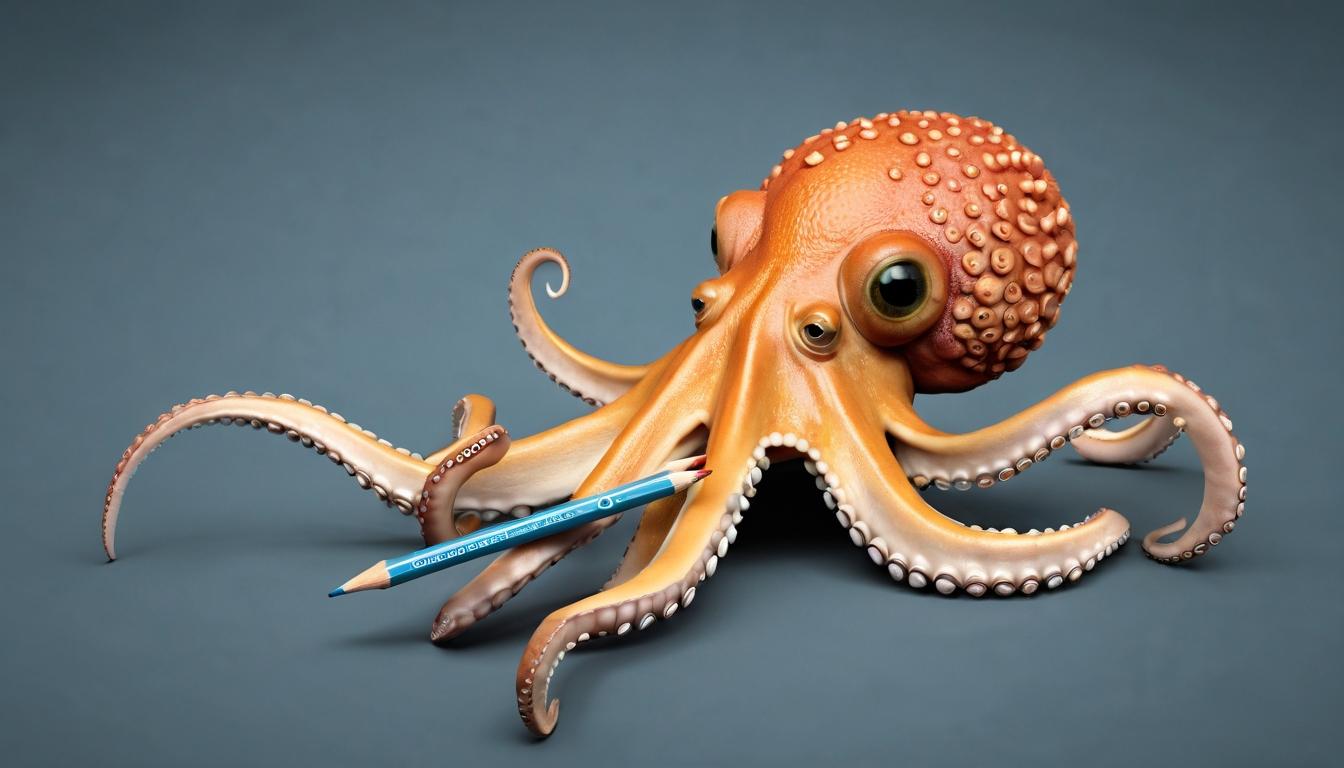There's a secret life to the world around us that most people never notice. The ordinary objects we interact with daily, the foods we eat, the words we speak—they all contain layers of history and peculiarity that would surprise even the most observant among us. I've spent weeks digging through archives, cross-referencing sources, and interviewing experts to uncover some of the most fascinating stories that never made it into our standard education.
Consider the humble pencil. Most people think they know this simple writing instrument, but its story contains unexpected twists. The average pencil can draw a line 35 miles long—enough to write approximately 45,000 words. But here's what they don't tell you in school: during the space race, NASA spent millions developing a pen that could write in zero gravity, while Soviet cosmonauts simply used pencils. The irony? Both solutions had problems—pencil lead can break off and float into equipment, while the space pen's pressurized ink cartridge could potentially explode. The truth is more complex than the urban legend suggests, involving patents, safety concerns, and competing engineering approaches that reveal much about how different societies solve problems.
Then there's the matter of color perception. What if I told you that the color orange didn't have a name in English until the 16th century? Before oranges were introduced to Europe, English speakers referred to the color as "yellow-red" or simply used descriptive phrases. The fruit arrived before the color name, and it took nearly two centuries for "orange" to become the standard term for the hue. This linguistic delay reveals how our perception of reality is shaped by language and available references. Even today, different cultures perceive and categorize colors differently—the Himba people of Namibia, for example, have difficulty distinguishing blue from green but can spot subtle variations in green shades that would look identical to Western eyes.
Food contains its own set of hidden narratives. Take ketchup, that ubiquitous condiment found on nearly every American table. Its origins trace back to 17th-century China, where fishermen created a fermented fish sauce called "ke-tsiap." British traders brought it to Europe, where cooks replaced the fish with mushrooms and walnuts, creating mushroom ketchup. It wasn't until the early 1800s that tomatoes entered the recipe, and even then, early tomato ketchups contained anchovies. The sweet, thick condiment we know today emerged only after companies like Heinz added significant amounts of sugar and vinegar to create a stable, shelf-stable product. The evolution of ketchup mirrors globalization itself—a story of adaptation, ingredient substitution, and technological innovation.
Language itself hides surprising origins. The word "avocado" comes from the Nahuatl word "āhuacatl," which means testicle—likely referring to the fruit's shape and how they grow in pairs. Spanish colonists adapted the word to "aguacate," which eventually became "avocado" in English. Meanwhile, "salary" derives from the Latin "salarium," which was the money paid to Roman soldiers to buy salt—a substance so valuable it was sometimes used as currency. These etymological roots reveal what different cultures valued enough to embed in their fundamental vocabulary.
Even our bodies contain mysteries we rarely consider. Human fingerprints are unique, but so are tongue prints—researchers have confirmed that every person's tongue has a distinct pattern. Meanwhile, the human nose can remember 50,000 different scents, though most of us never come close to testing this limit. Our bodies are walking records of evolutionary adaptations that we take for granted. The creases on your elbows, for instance, are called "weenus" in medical terminology—a fact that surprises most people who've had elbows their entire lives.
Animals provide another rich vein of overlooked facts. Octopuses have three hearts and blue blood, but their strangeness goes deeper. Two-thirds of an octopus's neurons are located in its arms, meaning each tentacle has a significant degree of independent decision-making capability. An octopus arm severed from its body will continue to seek food and attempt to pass it to where the mouth should be. This distributed intelligence challenges our very understanding of consciousness and centralized cognition.
Then there are the historical coincidences that seem too strange to be true. Thomas Jefferson and John Adams both died on July 4, 1826—exactly fifty years after the adoption of the Declaration of Independence. Their final words, according to contemporaries, reflected their lifelong rivalry and eventual reconciliation. Adams reportedly said "Thomas Jefferson survives," unaware that Jefferson had died hours earlier. Jefferson's last coherent words asked "Is it the Fourth?" These parallel deaths on such a significant anniversary feel like something from a novel rather than historical record.
Even something as modern as the internet has its hidden pre-digital history. The first webcam was invented at Cambridge University to monitor a coffee pot. Researchers on different floors wanted to know if coffee was available without making unnecessary trips, so they set up a camera that refreshed the image three times per minute. This practical solution to a mundane problem inadvertently pioneered technology that would later transform communication, security, and entertainment worldwide.
The world is full of these connections—between the ordinary and extraordinary, the ancient and modern, the scientific and cultural. What makes these facts compelling isn't just their novelty but how they reveal the interconnectedness of human knowledge. The pencil relates to space exploration, ketchup traces globalization, color names reflect cultural exchange, and even our coffee habits contributed to technological innovation. These aren't just isolated curiosities—they're pieces of a larger pattern showing how human creativity and problem-solving manifest in unexpected places.
Next time you use a pencil, eat ketchup, or describe a color, remember that you're participating in stories that span centuries and continents. The most extraordinary truths are often hidden in plain sight, waiting for someone to look closely enough to notice them. The real wonder isn't that these facts exist—it's that we manage to overlook them in our daily lives, surrounded by marvels we've stopped seeing as marvelous.
The hidden world of everyday objects and forgotten histories

